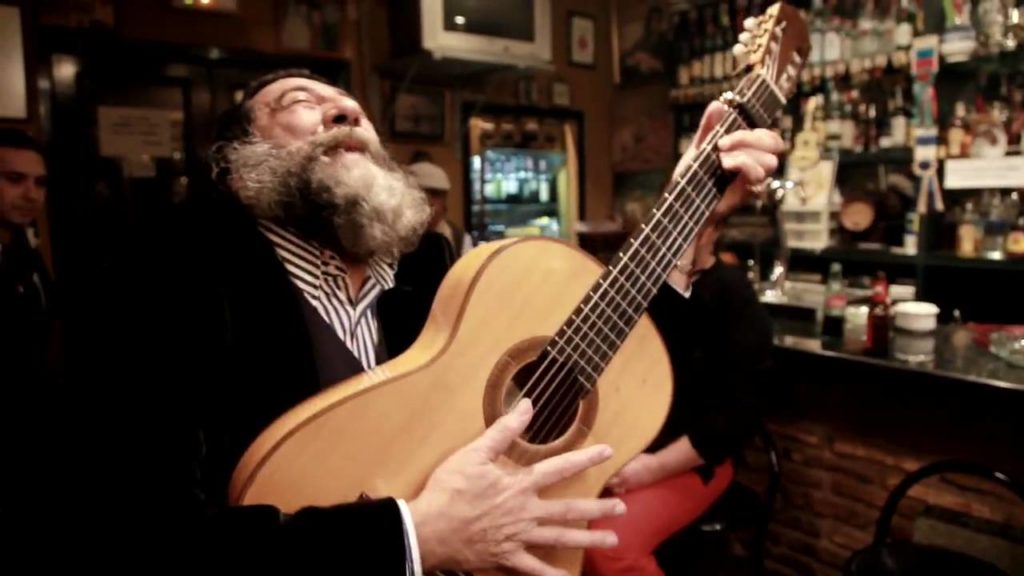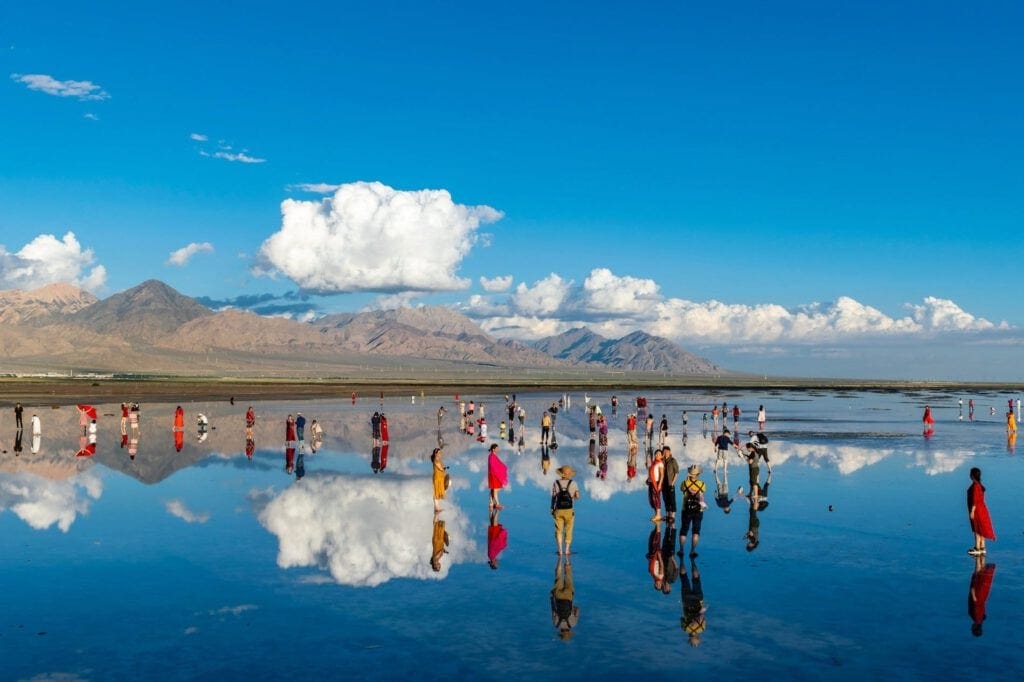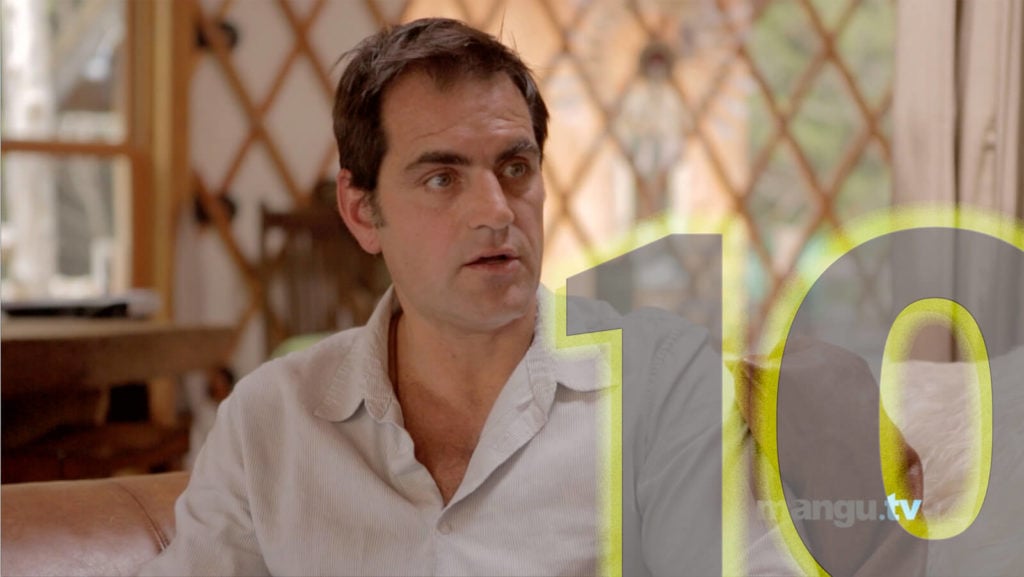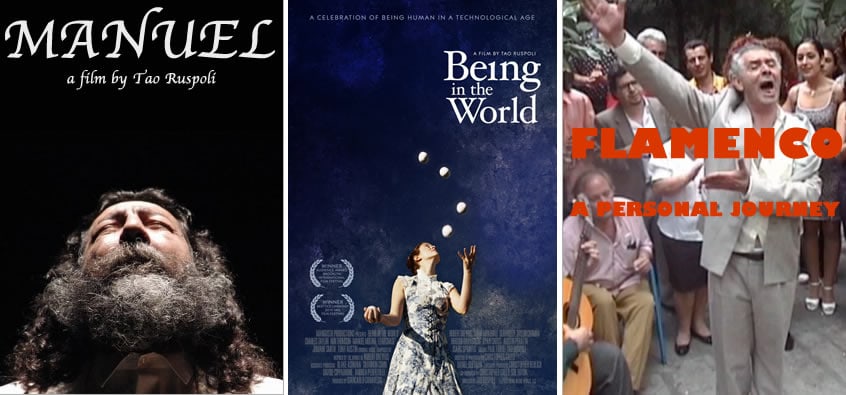Between us at mangu.tvs HQ we’ve raised more than $200,000 in different campaigns in Kisckstarter and IndieGoGo. So far (knock on wood) we’ve always reached our goal.
Here are our ten commandments for filmmakers who want to raise funds with crowdfunding.

It’s damn hard work. Running a crowd funding campaign is a full-time job. Full-time and then some. Anyone who tells you differently hasn’t run a successful campaign. Expect to work more than 10 hour days during a campaign (and to spend the other 14 hours stressing about it).
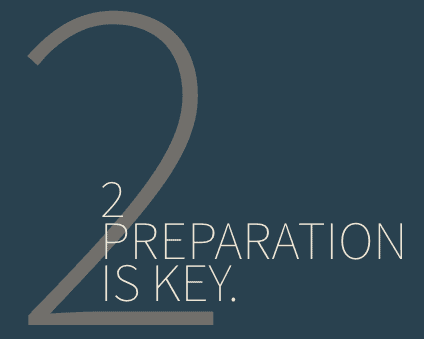
Preparation is key. Crowd funding campaigns don’t begin when donations begin. The work starts weeks, if not months before then. If you run a 30 day campaign, preparation for the campaign should start at least 30 days before launch. What do you do during this time?
1) You start outreach to influencers and organizations. Tell them about your campaign and get them excited about it. Do your best to get them involved in some way – whether it’s Facebook posting or Tweeting about your campaign, emailing their mailing list and/or writing a blog post.
2) You record a kick ass pitch video.
3) You get some amazing rewards together (can any of the folks in #1 help with that?).
4) You have original, eye-catching graphic design created for your page. All of this is a good start.
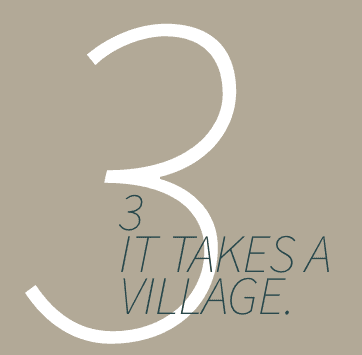
It’s takes a village. According to data compiled by Indiegogo, if you have 4 or more people on your team, you will raise 70% more money than if it were only you running your campaign. Believe me, if you’re doing all of the things you should be doing, no one will be bored and without something to do. We divided our team into different tasks and that worked well. A couple of people were in charge of social media, one person was in charge of outreach and partnerships, one person in charge of design, one person in charge of backer communication, and so on.
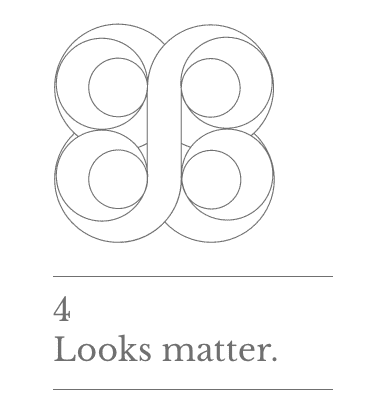
Looks *do* matter. A good graphic designer is worth her weight in gold. Invest in one well before the campaign starts. You’ll need visually interesting graphics that match the tone of your campaign – everything from headings to reward images to graphics to share your budget. The images should look professional and sharp.
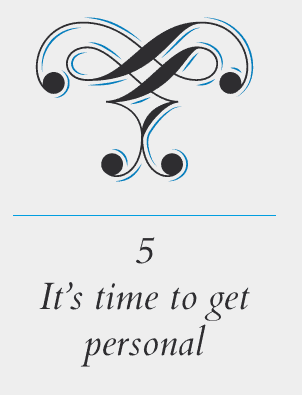
It’s time to get personal. You want people – mostly strangers – to give you money? Show them your face. Tell them who you are, share what makes you tick and why your cause, product, film is important. People most like to give money to other people. Make sure someone is the face and voice of the campaign – and all the better if that face and voice is likable, relatable and accessible.
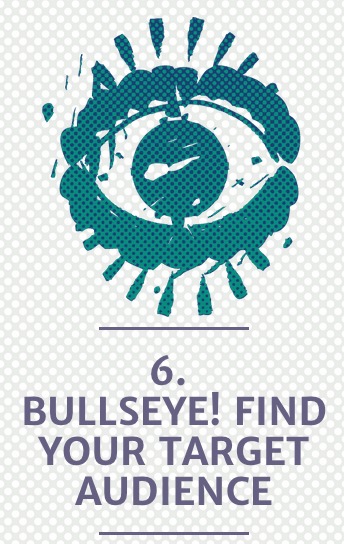
Find your target audience. Know them. Love them. Be them. Before launching a campaign, you have to know who is the target audience for your film. You have to tap into that target audience. They are your best friends. You cater your pitch, rewards and promotion heavily to them. They will be your champions in spreading the word about your campaign and vouch for its importance.
How do you know them? Hang out online and offline where they hang out (if you don’t already). Learn what they like, what they don’t, who are their influencers, their tastemakers, how do they relate and talk with one another? You should know all of these things – and know them well- before you even think about reaching out to them. They will know an imposter from miles away. Don’t be an imposter.
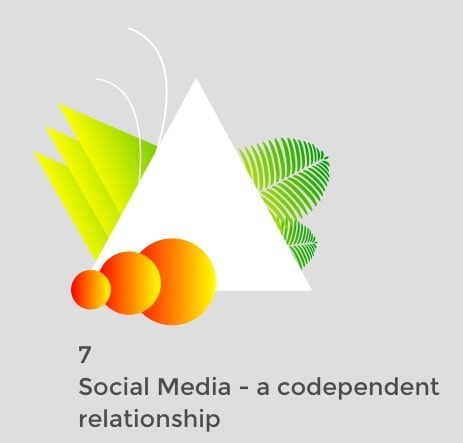
Social Media – a codependent relationship. Okay, so it’s debatable whether Facebook really needs you, but you definitely need Facebook during a campaign. And Twitter. And Instagram. You get the picture. Your audience lives on this social networks and so must you in order to reach and engage them. Remember #6? Social networks are a great place to get to know and communicate with your target audience before you turn them into your backers and base of support.
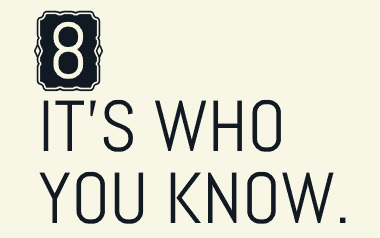
It’s who you know. Yes, the old adage extends into the crowd funding world and unleashes its power here. Know who your “influencers” are. If you know them personally, good for you. Ask them to tell the world about you and your campaign. If you don’t know them, utilize your networks and get to them. If you don’t know anyone who knows them, then you may need to rely on good ol’ Internet sleuthing. If they are an influencer, they are online. Email them, PM them on Facebook, send them a Tweet. Tell them about your project with a link to the campaign. If it resonates, you will likely get some traction. If you have a plethora of celebrity friends, this is the time to get them to do you that favor you’ve been holding in your pocket.
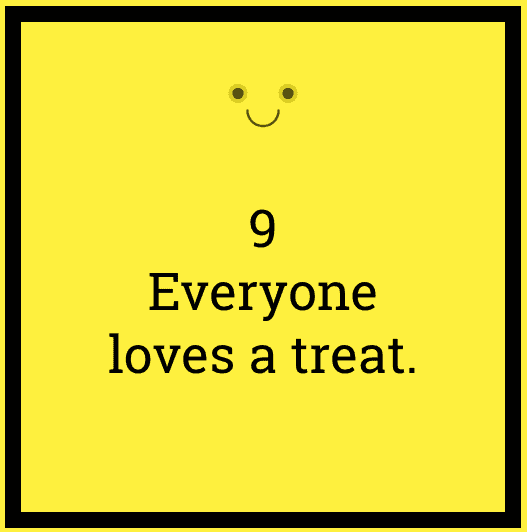
Everyone loves a treat. Anyone will tell you (or if not, call me and I’ll let my 3 year old tell you), everyone loves a treat. Kick ass rewards are important. Granted, not absolutely vital if you do everything else correctly, but still a nice thing to have. While your product is obviously the core of the reward set, don’t be afraid to think outside the box and give the people what they want. See, this is where it comes in handy to know #6 Once you know them, you know what they want. Give it to them in the rewards.
A word of caution – where possible I suggest offering rewards that don’t have to be mailed. You will thank me in the fulfillment stage (i.e. when you’re lost in packaging, shipping hell).
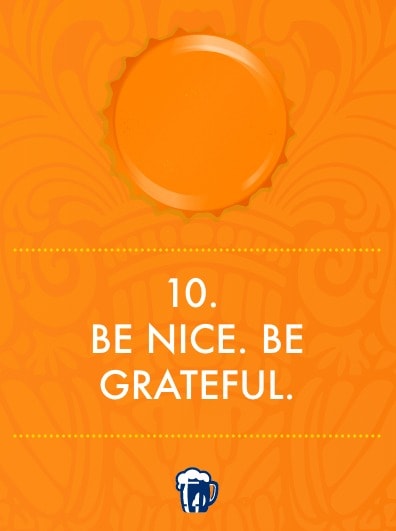
Be nice. Be grateful. Say Please. Say Thank You. Mean it. You would think this is a no brainer, but as someone who has contributed to a few crowd funding campaigns, I’m sad to say this is not a given. If someone is willing to give you his or her hard-earned cash, whether $1 or $1,000, you better take the time to send them a personal message thanking them for it. And it’s good karma.
[spacer height=”40px”]
[spacer height=”40px”]
[spacer height=”40px”]
